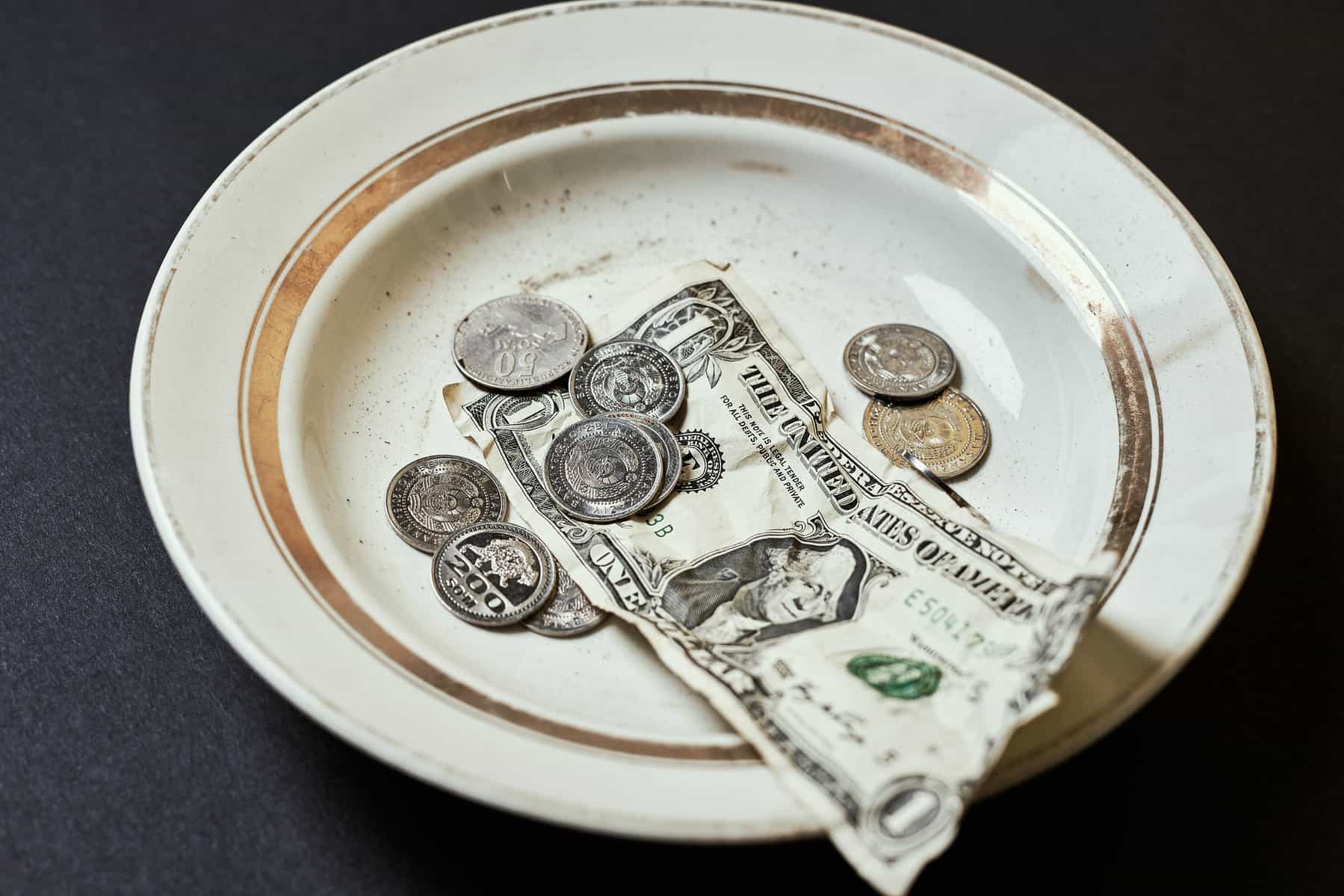I am about to leave the happiest job I’ve ever had as the sole financial officer for a small nonprofit. I’m headed for a financial leadership career in the supply chain sector that will provide more for my family than ever before. The story behind that is possibly for a future post. In my current role, I’ve learned a considerable portion about the challenges nonprofits negotiate, especially financial ones. It got me thinking about how best to help them help their people and communities.
I’m not sure if I’ll ever need to use these ideas myself. I played the lead role in Fiddler on the Roof in high school, so you might say I’ve been considering the hypotheticals of “If I were a Rich Man” ever since. I think being a Ramseyan “ordinary millionaire” is attainable by my 60s, but I’m not part of “The 1%,” nor do I ever expect to be. But if any of them are reading this, I’ve gained some ideas in my role about the best way to give to nonprofits if you have deep pockets and a generous spirit. No insinuations are intended here about the purity of anyone’s motives. Just as we want as much value for our dollar as possible, we should want the same for the value created by our dollar.
If I had the funds, I would avoid large, one-time, lump-sum acts of benevolence. Nonprofits, especially small ones, do not normally have the financial infrastructure to deal with that much cash at once. They will be overwhelmed, it will test the integrity of all stakeholders, and they will likely spend some of the funds on consulting, trying to figure out just what to do with it. It also may discourage giving from their regular donors, with some feeling suspicious that you are “buying” the organization, and some simply seeing an excuse not to give.
What I would do: sit down with all my favorites and ask: “What is your next big project? What’s the one thing you’ve been wanting to do for years, if only you had the money?” Then if I like the idea, I ask for the proposed budgets, give a single one-time donation for an initial investment (new physical space or equipment) if needed, and then pledge a regular monthly check for continued operations. Then I keep an eye on them over the next several years, and if the project is succeeding, ask them if they’re thinking of another one yet, gradually building the relationship over time so they can build the relationships they want.
I first heard about this when a missionary family from Albania visited my church and they made this same point. All donations are great, but the best ones are the recurring kind because to do God’s work, they need a plan. And regular income dictates what they can plan for. I understood it intellectually at the time. Now that I’ve worked with it myself, I know how true it is, and it’s exactly what I’ll be doing for my beloved nonprofit home before I leave.
“Americans are the budgeting kings,” says accounting professor Nick Fessler. The best among us, whether it’s communities, people, families, companies, and definitely scores of nonprofits, live by budgets. Giant piles of cold, hard cash have the highest wow factor and make us feel more. But we live by regular income. If it’s not paycheck to paycheck, it’s dividend to dividend.
Image credit: via Flicker https://foto.wuestenigel.com/a-plate-with-donated-coins-and-money/
Image is unchanged https://creativecommons.org/licenses/by/2.0/







